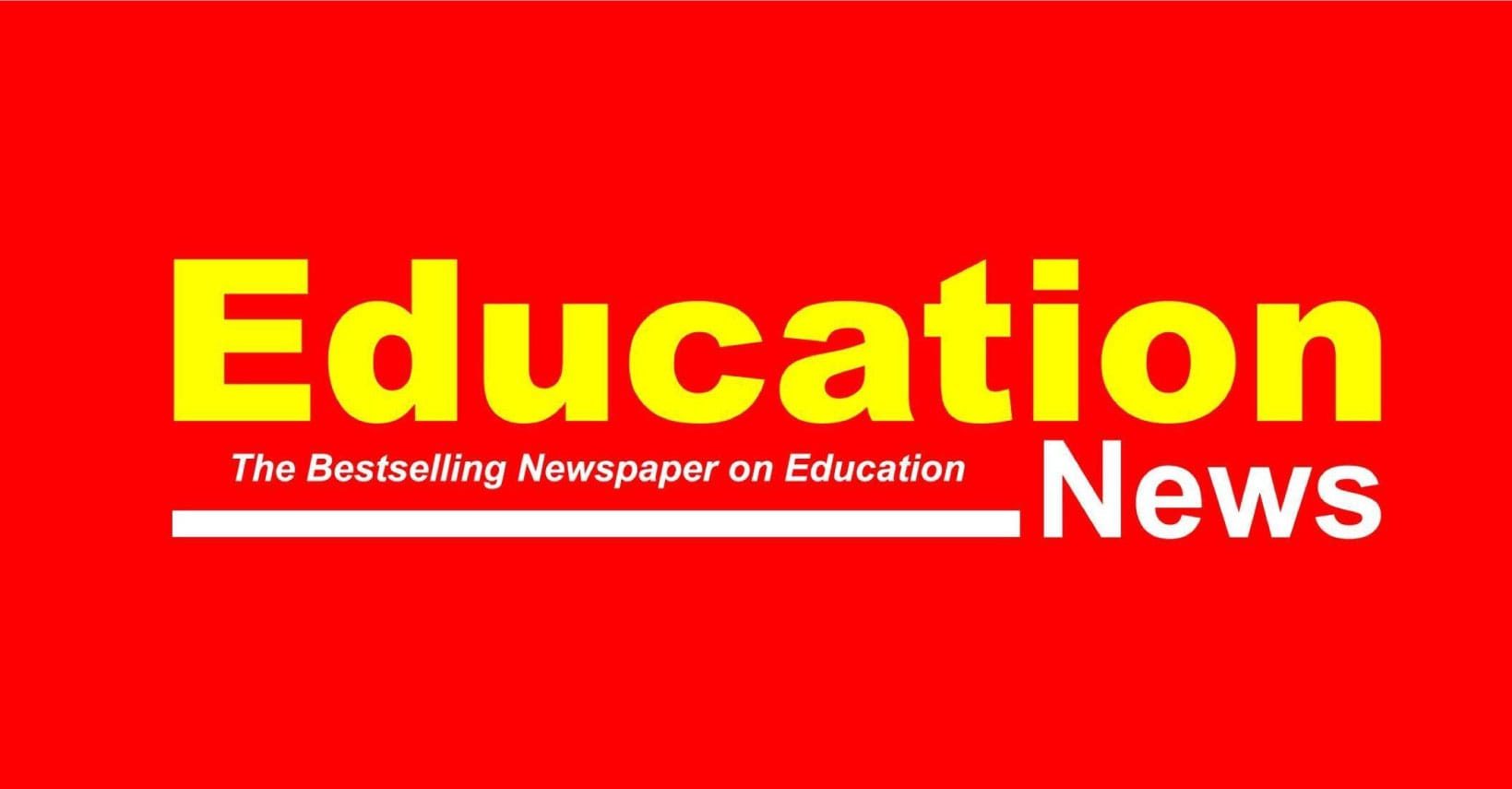Prof. Egara Kabaji nostalgically argues that reviving handwritten letter writing would restore patience, eloquence, emotional depth and language skills in our students – but this is a 20th-century solution to a 21st-century problem. It risks ignoring both the realities of modern communication and robust evidence on how students learn best.
First, the context has undergone a radical change. As Prof. Kabaji rightly notes, instant messaging, TikTok videos, and fleeting trends dominate youth communication. But these platforms are not inherently superficial. Instead, language is evolving – students today craft compelling stories in short clips, tweets, and viral posts. Digital fluency requires economy of language, the art of hooking attention in seconds, and creative ways of conveying emotion through multimedia. Letter writing’s “slowness” is poetic – but often impractical. We should capitalise on the linguistic richness of modern platforms, not just mourn their speed.
Second, nostalgia should not override pedagogy. Prof. Kabaji claims that letters sharpen grammar, structure, empathy, and thoughtfulness. However, modern educational research shows that writing proficiency develops through diverse and interactive modes – not just handwriting. For instance, studies on early writing in other orthographies, such as Arabic, emphasise that orthographic knowledge (recognising written patterns) and fine motor skills matter – yet pen-and-paper exercises are only one component of effective instruction. Today’s classrooms need multimodal writing – typed drafts, collaborative editing, digital storytelling – not just pen-and-ink letter writing.
Third, the notion that letters can “revive” the struggling Postal Corporation of Kenya is a romantic vision, but likely futile in practice. Postal systems globally have declined due to fundamental shifts, as people increasingly send emails, messages, and share digital files. Expecting revival through inter-school letter programmes sounds charming. However, it lacks feasibility unless paired with modern strategies, such as digital writing competitions, multimedia storytelling, or online pen pals, seamlessly blending tradition with innovation.
READ ALSO:
Ex-KESSHA Chair declares bid for Vihiga Governorship in 2027
Fourth, regarding language development, Prof. Kabaji overstates the use of handwritten letters as a panacea for clarity and emotional intelligence. But writing skill isn’t about medium; it’s about engagement, feedback, revision, and audience awareness. Whether composing on paper or screen, students need instruction in structure, voice, style, and empathy. Restricting them to letters ignores other valuable forms, such as blogs, journal entries, peer-reviewed essays, or podcasts – all of which develop reflective and communicative skills more closely aligned with real-world contexts.
Fifth, banning letters over concerns of moral decline or distraction shouldn’t be remedied by reverting to the past. Instead, open communication guidelines, context-sensitive supervision and media literacy are more relevant. Teach students how to express affection or ideas responsibly, whether digital or analogue, rather than forbidding entire genres of writing.
Sixth, the proposal risks favouring students comfortable with traditional literacy and overlooking those with learning differences or fine-motor challenges. Inclusive education mandates flexible modalities. Let’s support learners with tools like speech-to-text, visual storytelling, or video letters that still nurture reflection and expression—but on terms that accommodate neurodiversity.
Finally, while appreciation for the written word is timeless, we must match teaching strategies to the present. Let’s preserve the virtues of letters – care, thoughtfulness, structure – but translate them into 21st-century media. Schools could integrate reflective writing assignments (digital or handwritten), encourage digital storytelling, host mixed-media competitions, partner with librarians to curate young author podcasts, or commission students to write and illustrate “letters to the future” via video or zine. These approaches retain emotional resonance and language craft, yet meet students where they are: online, multimedia-savvy, and digitally expressive.
In conclusion, the handwritten letter remains a beautiful relic of past pedagogy, but clinging to it risks outdated idealism. Our students require language education that is dynamic, relevant, and inclusive, embracing digital media, interactive feedback, and creative platforms, while retaining the core virtues of clarity, empathy, and articulation. If Prof. Kabaji truly wants future generations to “write again” and learn the language of reflection, let’s evolve the form—not revive a relic.
By Ashford Kimani
Ashford teaches English and Literature in Gatundu North Sub-County and serves as Dean of Studies.
You can also follow our social media pages on Twitter: Education News KE and Facebook: Education News Newspaper for timely updates.
>>> Click here to stay up-to-date with trending regional stories
>>> Click here to read more informed opinions on the country’s education landscape






